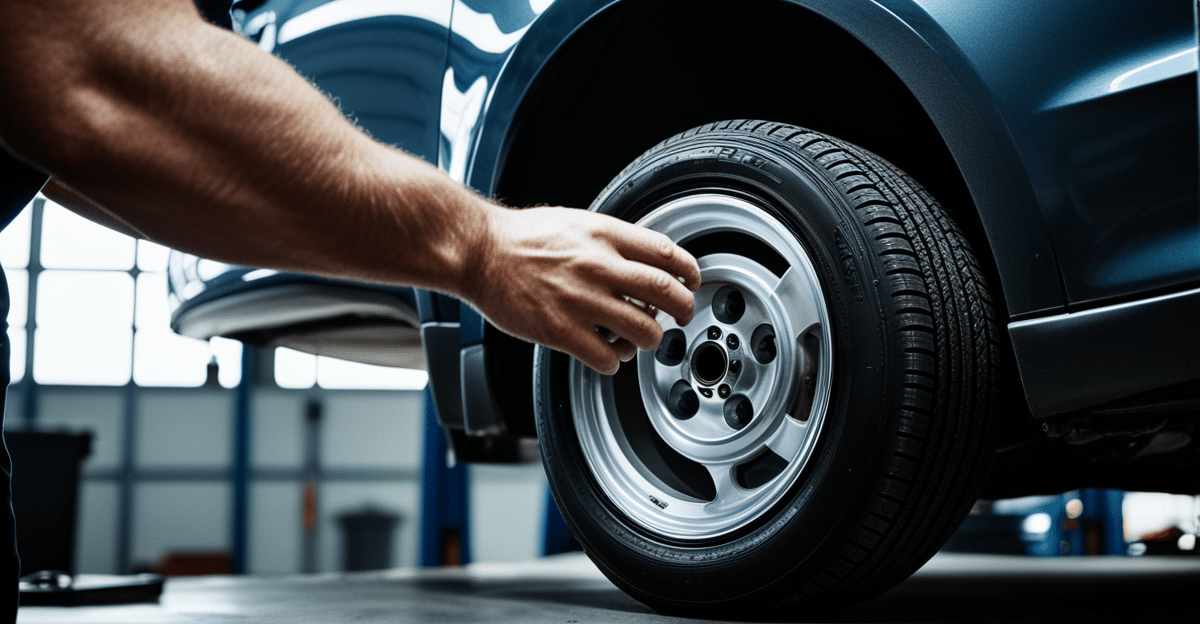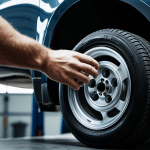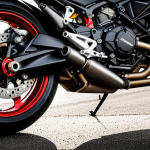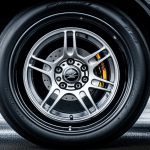Understanding Non-OEM Parts in Vehicle Repairs
Non-OEM parts, also known as aftermarket auto parts, refer to components manufactured by companies other than the original equipment manufacturer (OEM) of a vehicle. These parts serve as alternatives during vehicle repairs and are designed to fit and function similarly to OEM parts, though there may be variations in design, material, or quality standards.
Common examples of non-OEM parts used in repairs include brake pads, filters, headlights, and body panels. These parts are often appealing due to their lower cost and wider availability compared to OEM parts. However, non-OEM parts can differ notably in manufacturing processes and quality control. While OEM parts are produced under strict standards to match the original specifications of the vehicle, non-OEM parts may vary depending on the manufacturer. This can affect durability and even the overall compatibility with the vehicle.
A voir aussi : Comprehensive Guide to Tracking Taxi Tire Wear: Prioritizing Passenger Safety Above All
Understanding this vehicle repair terminology helps car owners make informed choices. Not all aftermarket auto parts are inferior, but it’s crucial to evaluate the part’s source, quality certifications, and warranty before proceeding with repairs. Doing so ensures safety and performance are not compromised when opting for non-OEM replacements.
Key Risks of Using Non-OEM Parts
Non-OEM parts, while often cost-effective, carry several risks that impact vehicle safety and reliability. Safety concerns arise because non-OEM parts may not adhere to the stringent manufacturing standards of OEM parts. This can lead to hazards, such as poorer fitment or reduced material strength, which in critical components like brake pads or suspension parts, might compromise driving safety.
Sujet a lire : Essential UK Road Safety Tips for Cyclists and Drivers: Stay Protected on the Roads!
Vehicle performance can also degrade with some aftermarket auto parts. They sometimes fail to replicate the precise specifications OEM parts follow, leading to compatibility issues or uneven wear. For example, non-OEM brake pads might cause inconsistent stopping power or increased rotor wear.
Another important aspect is the increased likelihood of premature failure. Risks of non-OEM parts include shorter lifespan or susceptibility to damage, forcing more frequent replacements and potentially raising repair costs over time.
Understanding vehicle repair terminology around these risks helps owners make safer choices. Awareness of how these risks of non-OEM parts affect both safety and reliability is vital. Opting for trusted aftermarket suppliers with quality certifications can mitigate such risks, but the variability in standards means caution is always necessary.
Effects on Vehicle Warranty and Insurance
Choosing non-OEM parts for vehicle repairs can have significant consequences on both car warranty issues and insurance claims. A common question is: Do non-OEM parts void the manufacturer’s warranty? The precise answer depends on jurisdiction and warranty terms, but generally, if a non-OEM part causes damage, manufacturers may deny related warranty coverage. However, if the part itself is not at fault, warranty coverage typically remains intact. This nuance highlights the importance of understanding vehicle repair terminology associated with warranty policies.
Insurance implications also present challenges. Many insurers scrutinize repairs with aftermarket parts closely, potentially complicating claims. For instance, if an accident involves a vehicle repaired with non-OEM components, insurers may question the quality or appropriateness of the parts used. This can delay payouts or influence settlement amounts.
Legal and regulatory considerations must not be overlooked. Some regions require disclosure when non-OEM parts are installed, emphasizing transparency in repairs. Failure to disclose might lead to legal issues or claim denial.
Being informed about the intersection of non-OEM parts, warranties, and insurance helps vehicle owners avoid unexpected costs and liabilities. Proper communication with repair shops and insurers ensures safer, worry-free vehicle maintenance.
Understanding Non-OEM Parts in Vehicle Repairs
Non-OEM parts, or aftermarket auto parts, are components made by manufacturers other than a vehicle’s original equipment manufacturer. These parts serve as alternatives in repairs and generally aim to fit and function similarly to OEM parts. However, there are important distinctions in vehicle repair terminology to understand.
Common non-OEM parts include brake pads, filters, headlights, and body panels. While they are often less expensive and more accessible, their manufacturing processes and quality control can vary significantly. Unlike OEM parts, which adhere to strict standards set by the vehicle maker, aftermarket auto parts may differ in material quality, design precision, or durability.
These differences arise because aftermarket producers may not follow the same exact specifications or testing protocols as OEM manufacturers. This can lead to variations in fit and performance, which are crucial considerations when repairing a vehicle. Understanding such nuances helps owners recognize why non-OEM parts might perform differently from OEM parts, even if they appear similar.
Ultimately, familiarity with the vehicle repair terminology around non-OEM parts empowers consumers to make informed decisions—balancing cost savings against potential variations in quality and compatibility during vehicle repairs.
Comparing OEM and Non-OEM Parts: Performance, Cost, and Value
When evaluating OEM vs. non-OEM comparison, understanding quality differences is critical. OEM parts are made to exact manufacturer specifications, ensuring consistent performance and precise fitment. In contrast, non-OEM parts—or aftermarket auto parts—can vary widely in quality depending on the producer. Some match OEM standards closely, while others fall short, leading to potential issues in durability or function.
Cost analysis heavily influences the choice between these parts. Non-OEM parts typically offer initial savings, sometimes significantly lower than OEM counterparts. However, this upfront economic benefit may be offset by risks of non-OEM parts such as premature wear or failure, which can lead to higher long-term expenses through repeated replacements or vehicle damage.
Value analysis involves weighing short-term cost benefits against reliability and performance over time. For example, choosing non-OEM brake pads might reduce immediate outlay but compromise stopping power or cause uneven rotor wear, affecting safety and repair costs later. Understanding vehicle repair terminology around these distinctions helps consumers balance these factors more effectively, ensuring a well-informed decision about part selection in vehicle repairs.
Understanding Non-OEM Parts in Vehicle Repairs
Non-OEM parts, commonly called aftermarket auto parts, are components produced by manufacturers who are not the vehicle’s original equipment manufacturer. These parts typically act as cost-effective alternatives during repairs but differ meaningfully in several technical aspects.
Common examples of non-OEM parts include items like brake pads, filters, headlights, and body panels. Unlike OEM parts, which follow stringent manufacturing standards set by vehicle makers, aftermarket auto parts often vary in design, material quality, and production processes. This variation stems from differing quality controls and lack of strict adherence to the original vehicle specifications.
In vehicle repair terminology, this means non-OEM parts may have inconsistencies in fitment and performance, potentially impacting the overall repair outcome. While they aim to replicate OEM parts’ function, subtle differences can influence durability and compatibility. For example, a non-OEM brake pad might fit correctly but wear faster or behave differently under stress.
Understanding these distinctions within vehicle repair terminology is crucial. It helps vehicle owners evaluate the reliability and suitability of aftermarket auto parts before installation, balancing cost advantages with potential functional compromises.







